1. Yummy Oats with Your Choice of Toppings
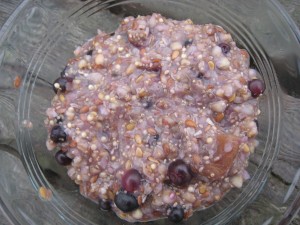
This warm cereal has a mix of gluten-free grains – gluten-free steel cut oats, amaranth, quinoa, & buckwheat groats. Simple bring 3 cups water, a pinch of salt & 1 cup mixed grains to a boil & let simmer for 30-40 mins. Add sweetener, nuts, seeds, spices (cinnamon, cardamon, star anise, sliced ginger), fruit of your choice & enjoy!
In a container, measure out:
- ½ to ¾ cup gluten-free rolled Oats*
- 1-2 Tbsp seeds of your choice (hemp hearts, ground flax, ground chia seeds, sunflower seeds, pumpkin seeds)
- ½ cup frozen berries (blueberries, blackberries, strawberries) and/or fruit (mango, melon, peach) of your choice
- 1-2 tsp of your favorite sweetener (honey, maple syrup, agave syrup, coconut sugar)
- sprinkle of cinnamon or a few drops of pure vanilla (optional)
– You can prepare the above mixture the night before to save time in the morning. If so, just store it in the fridge overnight. Otherwise, make up this mixture in the morning and add hot water, dairy-free milk (coconut, rice, almond or hemp milk), or even brewed tea (my favourites are Yogi Chai Rooibos and Celestial Seasonings Bengal Spice. You can do this at home or while at work (just remember to keep a container of ‘mylk’ in the fridge at work).
– Feel free to use different combinations of seeds, fruit & sweetener to add variety to your morning oats.
*Bob’s Red Mill makes gluten-free rolled Oats, which can be found at Superstore, Sobeys, Corn Crib, etc.
2. Make Your Own Granola
Make up a batch of our ‘Easy & Delicious Never Fails Granola‘! Place 1/2 to 1 cup in a bowl and top with yogurt or your favorite dairy-free milk. If you eat your breakfast at work, add ½ to 1 cup in a small container and bring to work with you in the morning. Add yogurt or dairy-free milk, and enjoy! Feel free to bring some in–season fruit to enjoy with your granola, such as a peach, pear, apple, berries, apricots, cherries, banana, etc.
3. Gluten-Free Cold Cereal
You can prepare cold cereal in the same way as the “Yummy Oats with Your Choice of Toppings”, except using 1-2 cups cereal instead of oats. Feel free to mix and match toppings!
Gluten-Free Cereals that you can find at Superstore, Sobeys, Corn Crib, Bulk Barn, and other specialty grocery stores include:
- Nature’s Path MesaSunrise (can find this in a smaller box or large bag)
- Nature’s Path Millet Rice (can find this in a smaller box or large bag)
- GlutenFreeda Granola
- Glutino cold cereals (various types)
– Don’t forget to store some dairy-free milk at work, if you bring your breakfast to work in the morning to enjoy.
4. Gluten-Free Waffles
Nature’s Path makes frozen gluten-free Buckwheat waffles & Chia Plus waffles. You can store them in the freezer at home or work, and put them in the toaster or toaster oven in the morning.
Ideas for toppings include a combination of:
- Nut or seed butter (almond, pumpkin, tahini, sunflower)
- Sliced banana, apple or pear
- Fresh or frozen berries
- Butter or ghee
- Coconut oil
- Yogurt (try Olympic Organic Vanilla or Plain yogurt or So Delicious dairy-free coconut yogurt)
- Nuts or seeds (almonds, pecans, cashews, hemp hearts, sunflower seeds, sesame seeds, ground chia or flax seeds)
- Maple Syrup
- Molasses
- Your favourite jelly or jam
- Apple butter

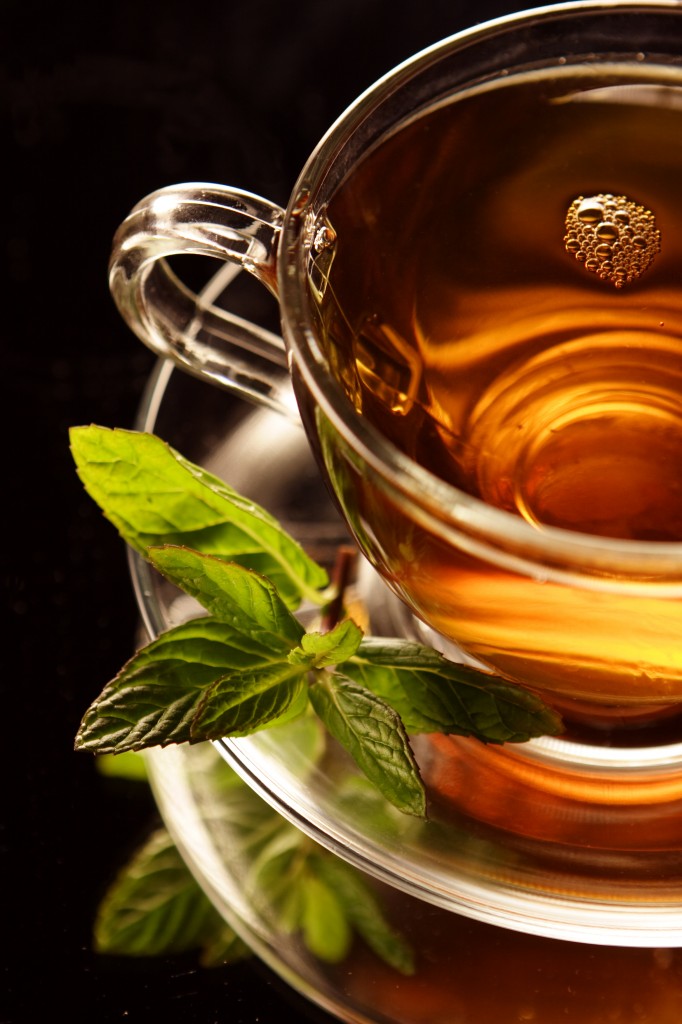


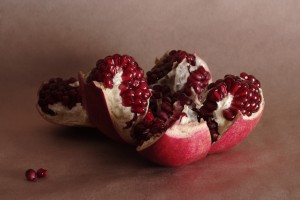

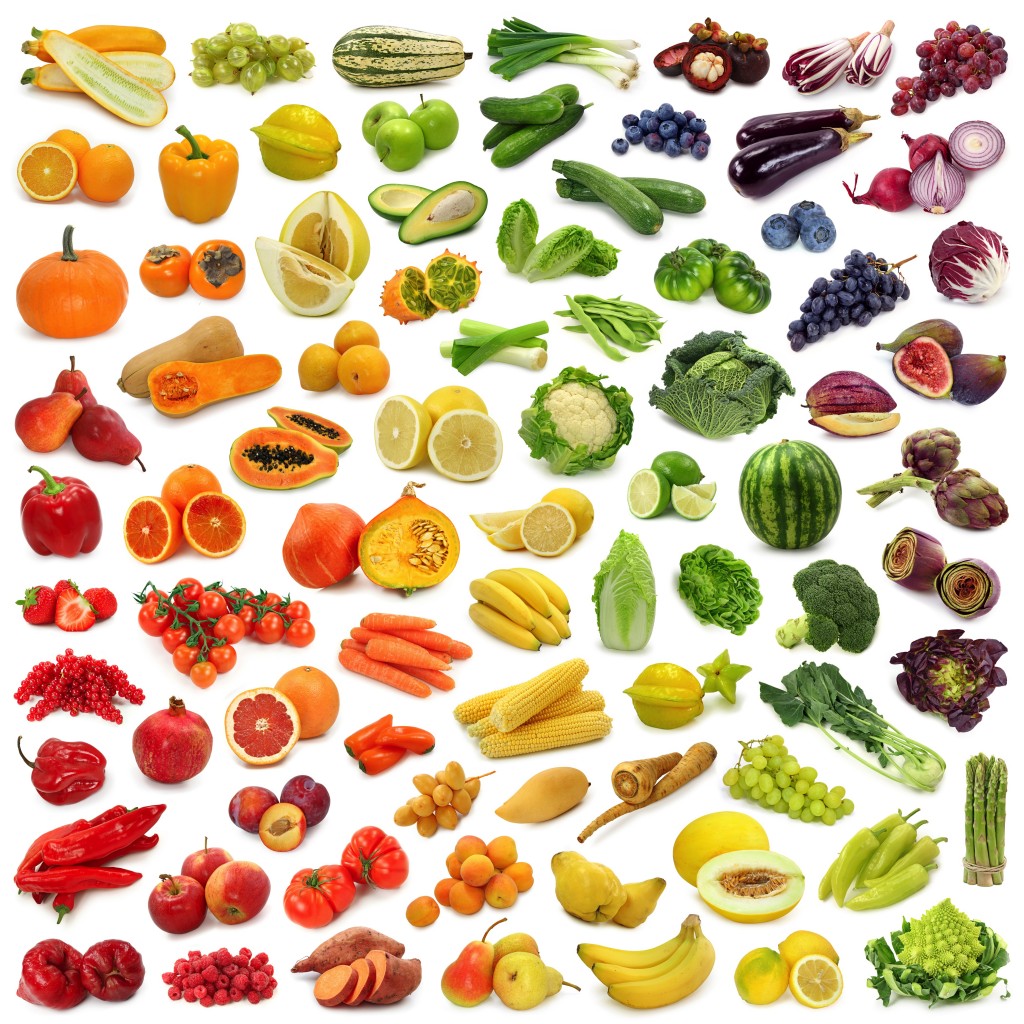


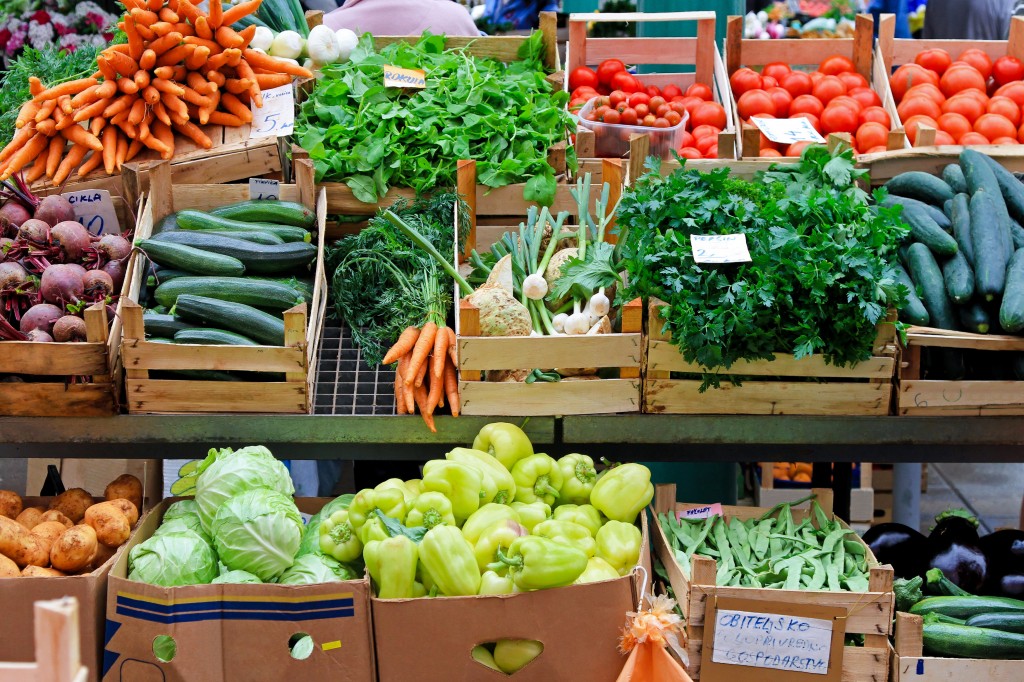
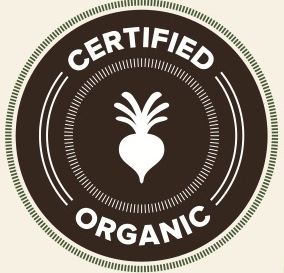

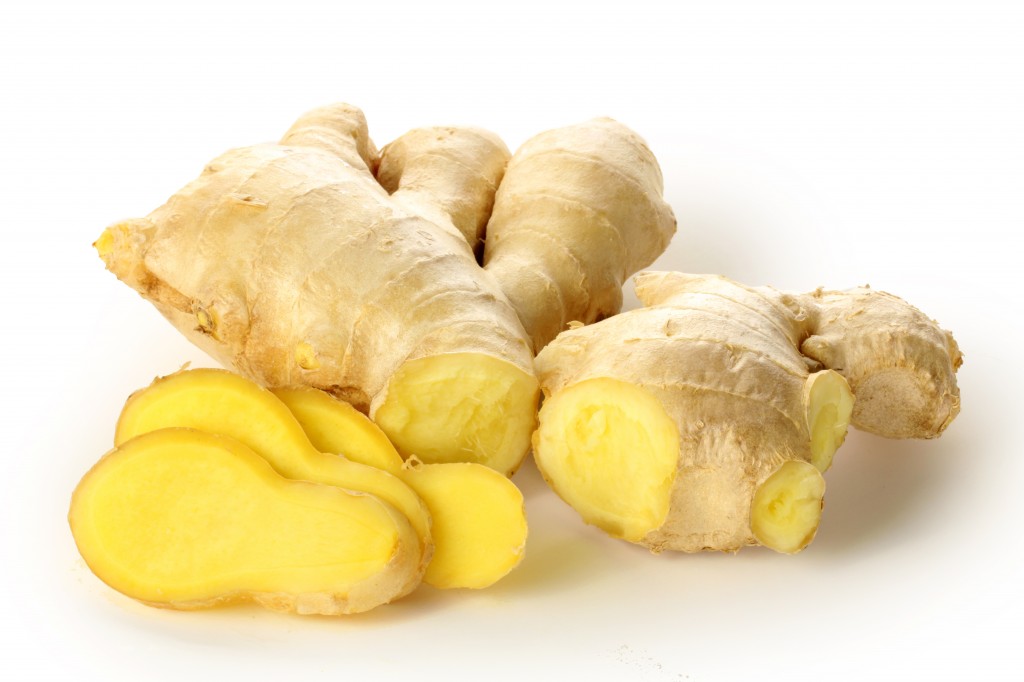
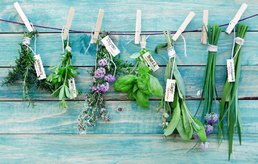
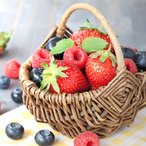 5. BERRIES – Cut or crush a few blueberries or strawberries into your water to give it a sweet, fruity flavor. You can also make ice cubes out of crushed berries and add them to your water for a nice summer drink.
5. BERRIES – Cut or crush a few blueberries or strawberries into your water to give it a sweet, fruity flavor. You can also make ice cubes out of crushed berries and add them to your water for a nice summer drink.